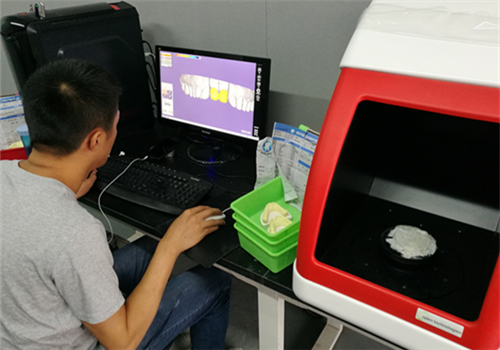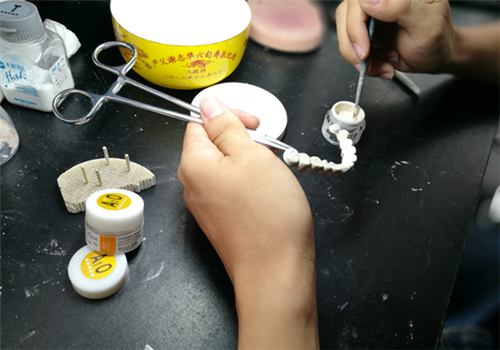SOFTWARE
DRIVER
MKSPAD 7inch spanish software(apk)(20180705)
TFT35_V1.0.1_English(20180508)
MKS TFT70 firmware(2017.11.14)
TFT28 32_V3.0.0_WIN8(201711)
2.8-inch touch screen support Thumb driver MKS TFT28 Firmware Ver3.0(201709)
3D printer MKS Pad 7 inches touch screen firmware(2017)
fixed:
-all English language support.
Marlin 3D Printer Firmware(VER 1.1.0-RC8-6)(Dec 2016)
Marlin 1.1.0-RC8 – 6 Dec 2016
– RC8 – 06 Dec 2016
– Major performance improvement for Graphical LCDs
– Simplified probe configuration
– Enable Auto Bed Leveling by type
– Reduce serial communication errors
– Make Bilinear (Mesh) Grid Leveling available for non-delta
– Support for Trinamic TMC2130 SilentStepStick SPI-based drivers
– Add `M211` to Enable/Disable Software Endstops
– Add `M355` to turn the case light on/off and set brightness
– Improved I2C class with full master/slave support
– Add `G38.2` `G38.3` command option for CNC style probing
– Add `MINIMUM_STEPPER_PULSE` option to adjust step pulse duration
– Add `R` parameter support for `G2`/`G3`
– Add `M43` optional command (`PINS_DEBUGGING`)
– Remove SCARA axis scaling
– Improved sanity checking of configuration
– Improved support for PlatformIO and command-line build
– Usable `DELTA_CALIBRATION_MENU`
– Support for Printrbot Rev.F
– New and updated languages
Marlin 3D Printer Firmware 1.0.2-2004
USER MANUAL
MKS PAD is a new independent development,is an integrated model display、cloud prints、online slicing、remote monitoring and other multi-functional one of the 3D print display.
Features advantages
- 7-inch full color capacitive screen, high resolution, touch sensitive and accurate;
- Built-in model library, online print layer slices, modify the print layer slice parameters;
- Support WIFI function, phone remote control, computer wireless control print;
- Can print STL files and Gcode files directly;
- Support camera, remote monitoring printing process;
- Can load Gcode model preview, print progress graph display;
- Support local storage files, USB drive files, SD card file printing;
- Can send instructions, always check the motherboard feedback information;



